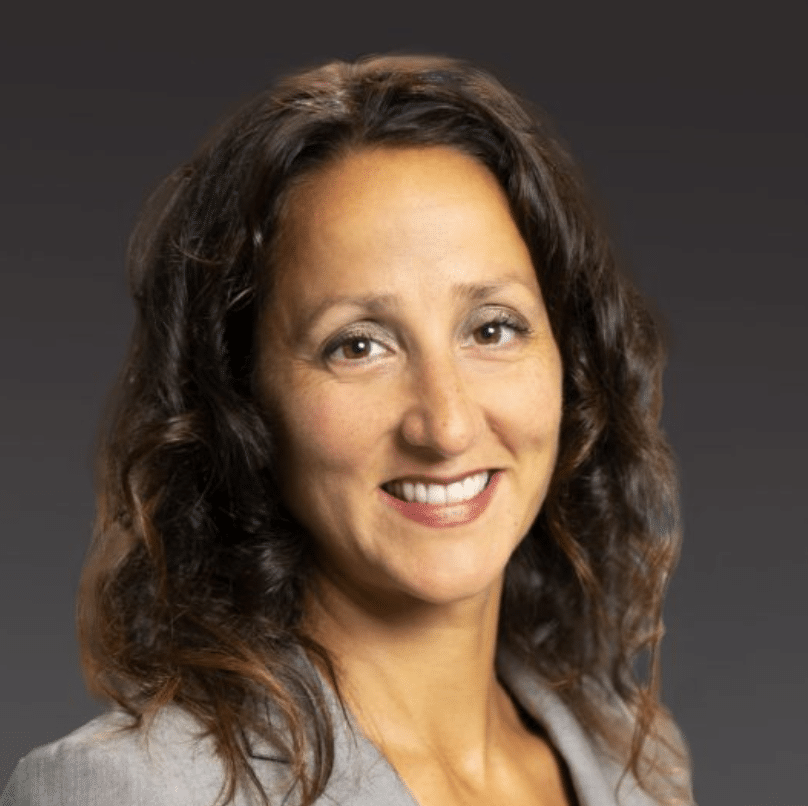
“Terms have worked out better for some transactions that got stuck in an elongated process due to Covid.”
— Jessica Nels, Principal, Capital Markets, Churchill Asset Management
Chicago-based Jessica Nels, head of capital markets for Churchill Asset Management, discussed the state of direct lending with Direct Lending Deals.
Direct Lending Deals: What is Churchill’s sweet spot these days in terms of deal size?
Jessica Nels: Historically, we were originating in the $20 million to $60 million range, but we will look at smaller companies given the investment profile. We have several silos, so we can do middle market deals and participate in the larger $100 million-plus EBITDA borrowers that slot into Churchill’s CLO business.
DLD: Why move down the middle market spectrum?
JN: We’ve been spreading our wings to get more of a look at that deal flow. If we get into those deals, it gives us an opportunity to grow with those businesses.
DLD: We’ve heard that lenders have pulled back on hold levels. What about Churchill?
JN: Contrary to other peers, we haven’t pulled back. Our hold size has been consistent throughout. We view our peers cutting holds as an additional opportunity for us. It’s given us a chance to get invited to bank groups we weren’t in before and enhance our deal flow.
DLD: What is the largest hold Churchill will take?
JN: We’ll underwrite up to $250 million and hold up to $150 million.
DLD: Generally, what would you say are the outer limits on leverage right now?
JN: Obviously, it depends on a lot of moving pieces. Right now for new deals, unitranche is at 6x for the right business. In early Covid, that same deal might have been done as a senior/junior structure with at least a half turn less leverage. There really wasn’t much happening at all during that period and so difficult to give true comps.
DLD: What about pricing?
JN: On strong credits, we are trying to not dip below L+500. We did pre-Covid. We all did. But we’re trying to hold the line now. It all depends, too, on the sponsor, and competition from other lenders.
DLD: Is there pressure to lower LIBOR floors or soften discounts as is the case in the BSL market?
JN: We’ve had requests for no LIBOR floors to 75 bps floors. We are sticking to 1%. Historically, OIDs have been 98.5 to 99. In Covid, that widened to 97 to 97.5, and now it’s trending back to levels in the 98s.
DLD: Deal flow has been strong since late summer. What’s the mix like for Churchill?
JN: We’ve done a lot of add-on financing, and a number of LBOs have worked through the system. We’ve also come into existing deals as new relationship lenders.
DLD: What’s been driving the M&A streak?
JN: I think it’s a combination of getting in front of the election, smaller business owners wanting to cash out rather than ride out, and better purchase price multiples for sponsors in some sectors.
DLD: What are sponsors most focused on?
JN: Timing. Everything needs to be executed fast. Investors are trying to make up for lost time. Financing is stable, and it’s a nice window to take advantage. Ironically, terms have worked out better for some transactions that got stuck in an elongated process due to Covid.
DLD: What are lenders most focused on?
JN: The opposite. We need to balance the tight time frames with our process. We need to do the diligence and work through the underwriting as it was meant to be. We have a very talented and experienced staff, and continue to hire in order to be able to do that.
DLD: What does the pipeline look like after this week’s election? Does underwriting grind to a halt? Or will direct lenders stay busy into year end?
JN: September and October were very busy, ironically busier than last year. Based on our pipeline today, I think deals will keep going into early December, and we expect a very strong fourth quarter.
DLD: What’s the visibility like for 1Q21?
JN: I have no good answer for that. There’s not a ton of visibility on the first quarter. Whatever administration is in office, the market always seems to adjust. Many people still have a lot of capital to put to work on both the sponsor and lender side. You might have a slower first quarter because there was such a big pop in 3Q and 4Q.
DLD: What do you view as the top challenges for direct lenders next year?
JN: All of the usual suspects. Keeping the current growth trajectory, and maintaining pricing and leverage. And doc integrity— all those things we always talk about: EBITDA definitions, covenants, preventing cash/collateral leakage.
— Kelly Thompson, Founder & Editor, Direct Lending Deals